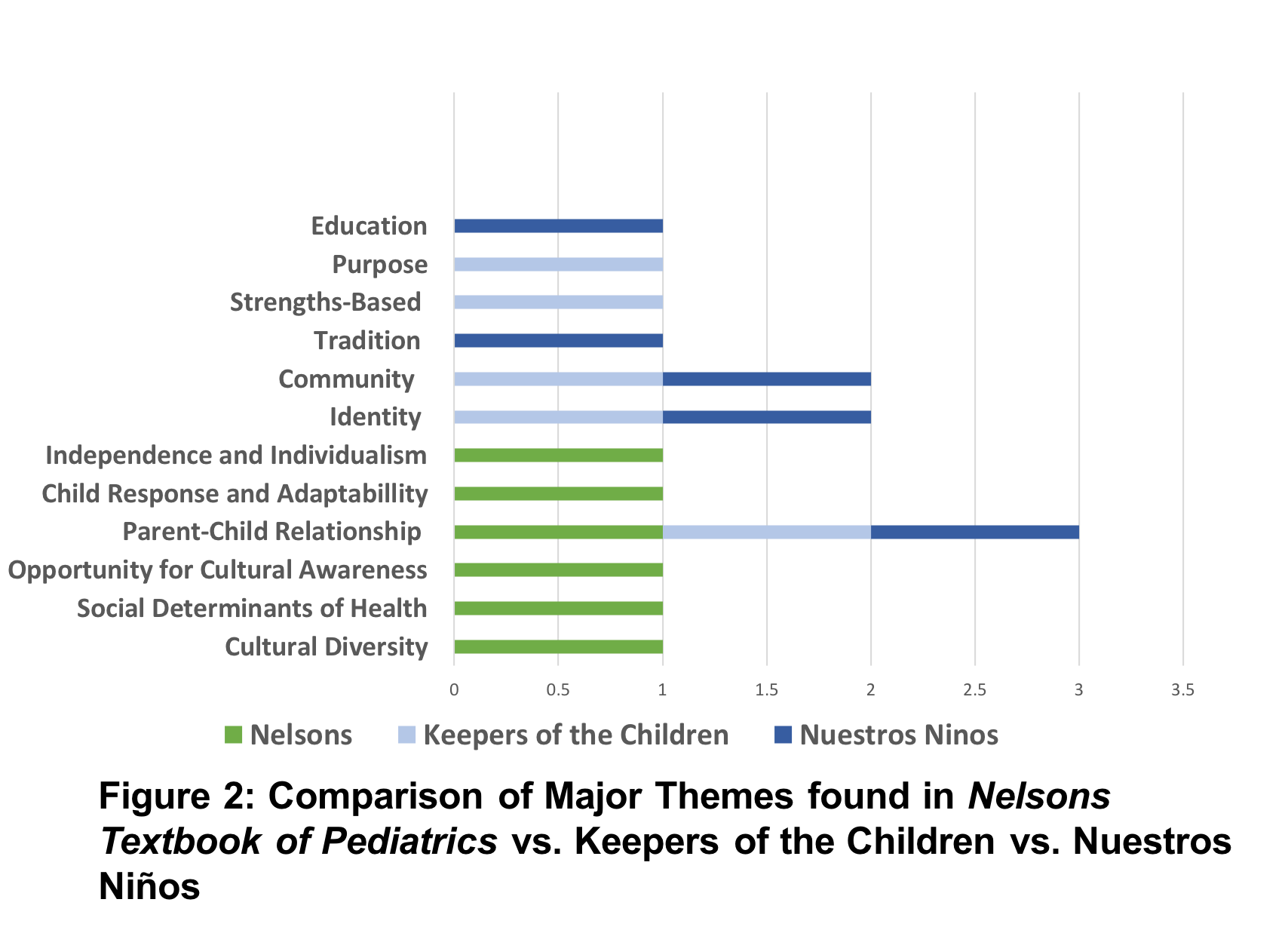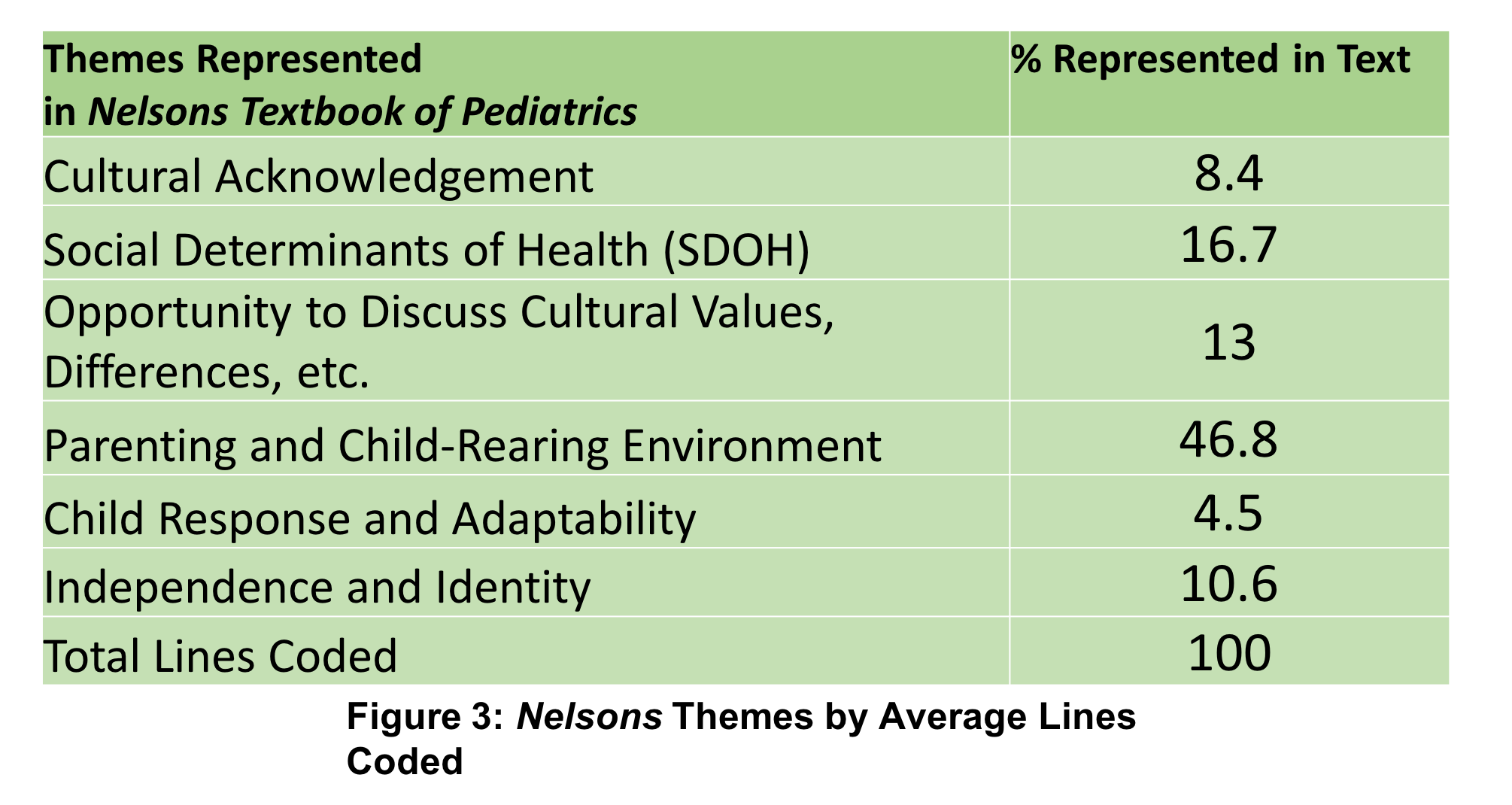Medical Education: Diversity, Equity & Inclusion
Medical Education 8: Diversity, Equity, & Inclusion 2
565 - Pediatric Behavior and Development Training Materials through the Lens of Identity, Diversity, and Inclusion
Saturday, April 29, 2023
3:30 PM - 6:00 PM ET
Poster Number: 565
Publication Number: 565.23
Publication Number: 565.23
Meghan K. Crowther, Brigham Young University, North Salt Lake, UT, United States; Quang-Tuyen Nguyen, University of Utah School of Medicine, Salt Lake City, UT, United States

Meghan K. Crowther (she/her/hers)
Student
Brigham Young University
North Salt Lake, Utah, United States
Presenting Author(s)
Background: Implicit bias within medical text can have repercussions if not acknowledged. Training tools may be written with inherent bias. Pediatric behavior and development texts are particularly vulnerable to intersections in bias as communities may have differing values around behavioral expectations and subsequent developmental milestones. If written with implicit bias, medical texts may normalize the values and behaviors of one community over another. The extent of implicit cultural bias in behavior and development texts has yet to be examined through the lens of diversity, equity, and inclusion (DEI).
Objective: This study examines key themes and values explored in educational medical text vs. parenting books from two marginalized communities.
Design/Methods: Two parenting books, Keepers of the Children (written from a Native American perspective) and Nuestros Niños (written from a Hispanic perspective) were chosen for analysis based on population demographics in the state of Utah (Fig. 1a and 1b) where this study was conducted. Themes in cultural parenting books were examined by frequency of recurrence. Nelson Textbook of Pediatrics was selected as a standard and accessible textbook of pediatrics. Investigators performed a qualitative analysis of key themes by the quantity of lines of text represented in Nelson Textbook of Pediatrics.
Results: All three texts emphasized the parent-child relationship. There was also significant overlap between salient themes of identity and community from both Native American and Hispanic parenting books, but these themes contrasted with those underscored in the medical text (Fig. 2). Other frequent themes in cultural parenting texts included education, purpose, strength-based approach to learning, and tradition. Cultural parenting texts spoke from a perspective of positive parenting, social cohesion, and community nurturance. These themes and perspectives were important in the cultural texts but largely absent from the medical text. Medical materials focused on the environment (63.5% of coded lines), but often described traumas and adverse social determinants of health in the environment. About 1 in 4 references to the child-rearing environment referenced negative external determinants. This focus on trauma is largely absent from the cultural parenting texts.
Conclusion(s): There is a clear gap between the content and perspective of what the medical community identifies as important for behavior and development vs what the cultural communities identify as valuable for behavior and development.
.png)


